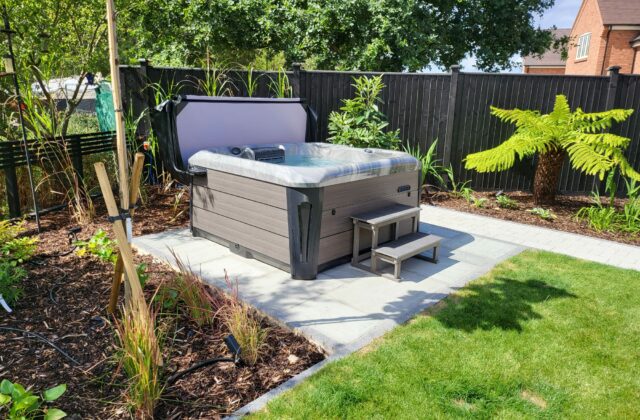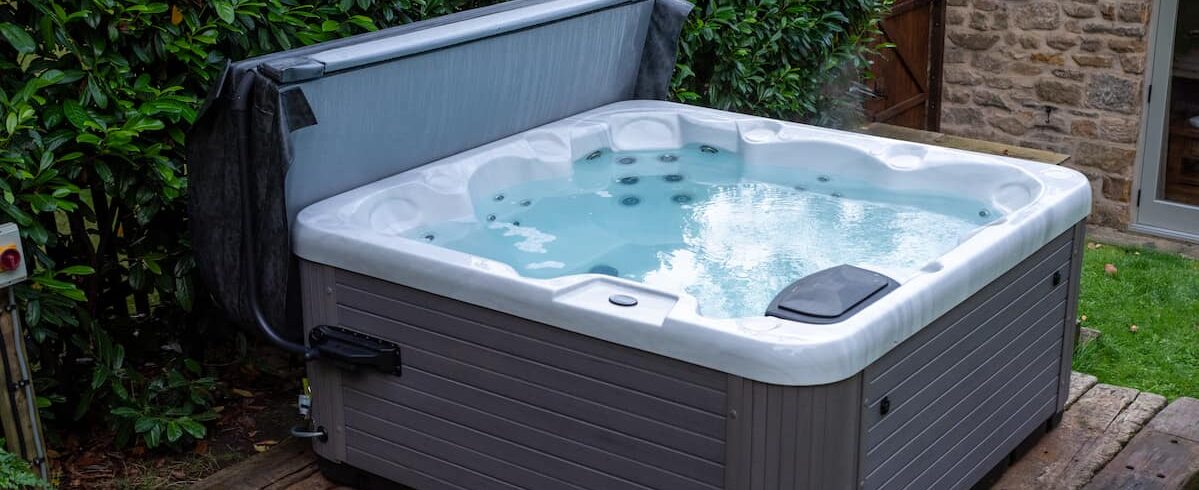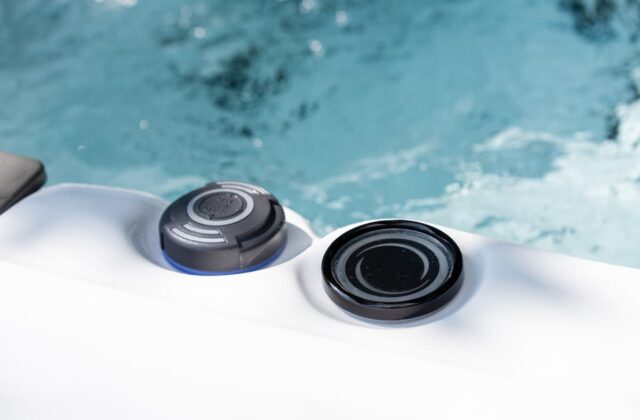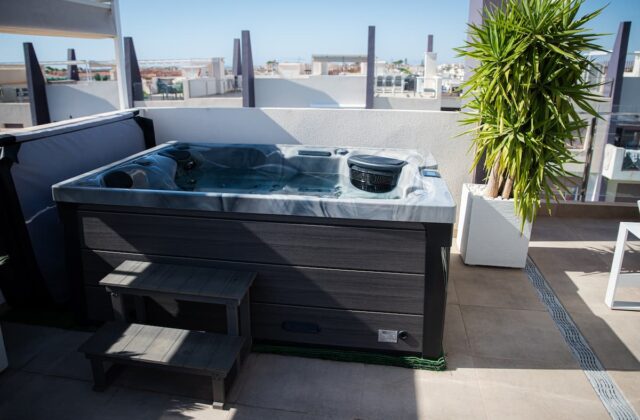Understanding how to shock a hot tub is an essential tenet of hot tub maintenance, and something that you should do at least once per week. Yet shocking a hot tub can sound somewhat mysterious – you might know that you need to use chlorine to keep your hot tub clean and that you need to keep your water’s pH in a safe range, but what does shocking mean?
Despite the name, it doesn’t have anything to do with electricity. Shocking refers to the use of a large dose of chlorine or bromine to remove foul-smelling chemicals called chloramines and bromamines. It also helps to prevent any microorganisms from gaining a foothold in your hot tub. In this guide, we are going to explore what shocking your hot tub involves and how you can do it, as well as answering some common questions on the topic.
How to Shock a Hot Tub: Answered
Follow instructions on the container of your shock, you’ll likely need less than 40 grams of shock for 1500 litres of water. You should then leave your hot tub’s jets running for at least 20 minutes before use. Once you have your shock, you will need to add it to your water. For chlorine-based shock, you will typically need 35g of shock for every 1500 litres of water.
Leave your hot tub jets running for 20 minutes and let the shock circulate before using your hot tub again.
What Is Hot Tub Shock?
Hot tub shock is a high dose of chlorine that you use to clean your hot tub. Compared to chlorine or bromine sanitiser, which requires a concentration of 1.5 and 3 parts per million (ppm), shock requires a concentration of over 10 ppm. As you can imagine, this has a much more powerful effect compared to your regular sanitiser.
There are two main types of hot tub shock, chlorine shock and non-chlorine shock. Chlorine shock is, as the name suggests, powdered chlorine, while non-chlorine shock is made up of other oxidizing agents which will clean your tub without raising the chlorine level.
Why Do You Need to Use Hot Tub Shock?
If hot tub shock results in water that has a very high concentration of chlorine, something that you’d typically want to avoid, why do you need to use it? Over time, your sanitiser will produce smelly compounds called chloramines or bromamines, depending on whether you use chlorine or bromine as a sanitiser.
On top of that, bacteria can develop over time, even with regular sanitisers. Finally, every time you use your hot tub, you can accidentally deposit detritus into your hot tub. Oils from your skin, hair, skin cells and more. The regular sanitiser will not get rid of these, but hot tub shock will. If you want to keep your hot tub water as clean and pleasant to use as possible, knowing how to shock a hot tub is essential.
How to Shock Your Hot Tub, In-Depth
To shock your hot tub, you will need to buy either chlorine shock or non-chlorine shock. Either works along the same principle, being strong oxidizers. You can use chlorine shock on hot tubs that are sanitised with both chlorine or bromine, but do not mix dry chlorine and bromine, as this can cause the release of dangerous gases.
Once you have the shock, remove your hot tub’s cover (and leave it off for the duration of the treatment to avoid burning it), then follow the instructions on the shock. You should ensure that your jets are turned on to allow the shock to circulate properly. You’ll need to leave the tub for at least 20 minutes before you use it.
Now You Know How to Shock a Hot Tub
We hope that this guide on how to shock a hot tub has been helpful. Shocking your hot tub may seem unnecessary or even frightening, given the strength of the chemicals involved, but it is a vital part of owning a hot tub and something you should make a regular part of your maintenance schedule. If you would like to know more about hot tub maintenance, we recommend exploring our blog, where we have articles covering related topics such as using a hot tub without chemicals. If you have any questions about our products in particular, please don’t hesitate to get in touch with us!
Frequently Asked Questions
Is Chlorine and Shock the Same Thing?In most cases, chlorine and shock will be similar, if not exactly the same thing. However, other kinds of shock don’t use chlorine at all, and these are also effective oxidizers. If you would rather not use chlorine, you can purchase a number of types of non-chlorine shock.
What Happens if You Don’t Shock Your Tub?If you don’t shock your hot tub regularly, it could lead to the growth of bacteria, not to mention unhygienic water that will not be pleasant to bathe in. It can even lead to the growth of algae that may turn your hot tub water green.
How Often Should a Hot Tub Be Shocked?You should shock your hot tub regularly, at least once per week. If you use your hot tub for several hours each day or fill it with people multiple times per week, you should shock it twice per week. Be sure to check your hot tub’s pH levels regularly to ensure that you’re also not shocking it too much.
Jamie Smith is the general sales manager at Platinum Spas, and has years of professional expertise in the hot tub industry. From Business Development to Sales, Jamie has helped grow our business into a global powerhouse, working with our partners and developing our offering as we strive to be market leaders.
Latest posts by Jamie Smith
(see all) 


